Giant hogweed identification and control
Heracleum mantegazzianum
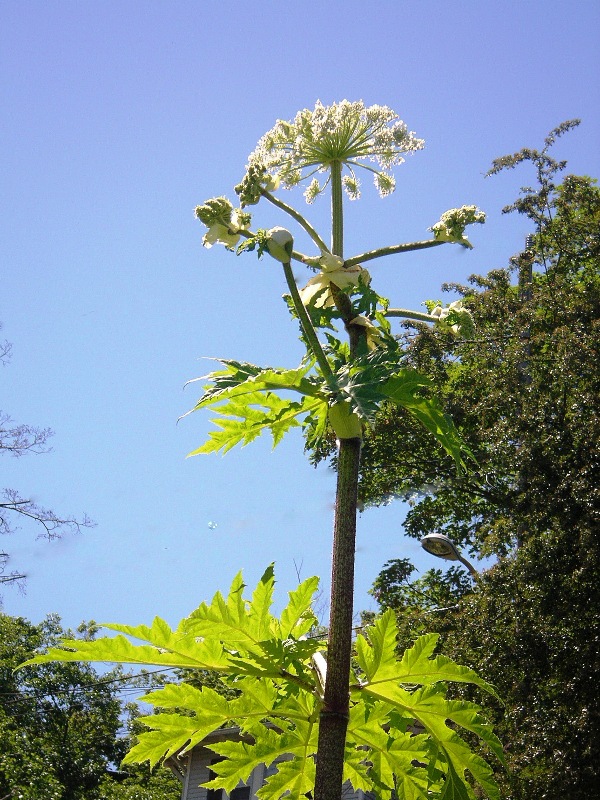
Giant hogweed, a Class A noxious weed, is a toxic perennial that reaches 15 feet tall and often grows in urban areas, such as yards and empty lots. In sun, sap that contacts skin can cause severe blisters and even scars. Stems have reddish-purple bumps and stiff white hairs. Leaves are deeply incised and 3-5 feet wide, with hairy leaf ribs but hairless leaf undersides. Mid-May to July, produces 2-foot-wide umbrella-shaped clusters of small white flowers that go to seed in July. Reproduces by seed.
Legal Status in King County, Washington
Giant hogweed is a Class A Noxious Weed in Washington State due to its limited distribution in the state and the potential for significant impact to state resources. Public and private landowners are required to control this plant when it occurs on their land. This species is also on the Washington quarantine list (known as the prohibited plants list) and it is prohibited to transport, buy, sell, offer for sale, or to distribute plants or plant parts, seeds in packets, blends or "wildflower mixes" of this species, into or within the state of Washington. For more information, see Noxious weed lists and laws.
Because of the risk of injury when handling this plant and the difficulty of distinguishing it from the native plant cow parsnip, we recommend contacting the noxious weed program for a positive identification and advice on control methods before removing.
History and impact
Giant hogweed is originally from Asia and was introduced as an ornamental. Spreading by seed, giant hogweed has escaped into numerous backyards, ravines, parks, abandoned lots, streams, woods, and roadsides. It can crowd out other plants and take over natural areas, especially in moist areas such as streamsides. Somewhat shade tolerant, giant hogweed can also thrive in full sun and has been known to even invade healthy turf.
A public health hazard, hogweed's clear, watery sap has toxins that cause photo-dermatitis. Skin contact followed by exposure to sunlight produces painful, burning blisters that may develop into purplish or blackened scars. Click here for photos and more information on hogweed burns.
Biology and description
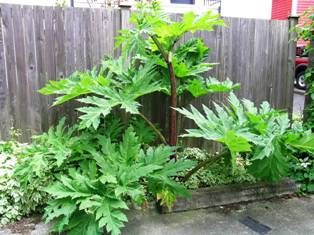
A member of the parsley family, its most impressive characteristic is its massive size. Giant hogweed reaches a height of 10 to 15 feet when in flower and has hollow stems, 2 to 4 inches in diameter, with dark reddish-purple raised spots and stiff bristle-like hairs. Coarse white hairs are also at the base of the leaf stalk. The sharply incised compound leaves grow up to 5 feet in width.
Giant hogweed blooms from mid-May through July, with numerous white flowers clustered in an umbrella-shaped head that is up to 2.5 feet in diameter across its flat top. The plant produces flattened, 3/8-inch long, elliptical to oval dry fruits that have a broadly rounded base, and broad marginal winged ridges.
Giant hogweed is similar in appearance to our native cow parsnip, only it is much larger, the purplish blotches are more raised and bumpy, and the hairs on the under surface of the leaf are shorter (about .25 mm long). Cow parsnip seeds also tend to be wider at the base whereas giant hogweed seeds are more often elliptical, the same width at the base and seed tip (click here for a detailed description of giant hogweed seeds).
Additional information on giant hogweed
- Washington State Noxious Weed Control Board (external link)
- Giant hogweed weed alert (2.13 Mb Acrobat file)
- Giant hogweed best management practices (142 Kb Acrobat file)
What to do if you find this plant in King County, Washington
Please notify us if you see giant hogweed growing in King County. Our program staff can provide the property owner or appropriate public agency with site-specific advice on how best to remove it. We map all known locations of regulated noxious weeds such as giant hogweed in order to help us and others locate new infestations in time to control them.
Information in other languages
Español (Spanish): Perejil gigante: giant hogweed (pdf 966 Kb)
Tiếng Việt (Vietnamese): Cây Ngò Tây Khổng Lồ: giant hogweed (pdf 1.14 Mb)
中文: 简体版 (Simplified Chinese): 大猪草: giant hogweed (pdf 2.4 Mb)
Af-Soomaali (Somali): Geedka: giant hogweed (pdf 229 Kb)
русский язык (Russian): Борщевик Мантегацци: giant hogweed (pdf 238 Kb)
Giant hogweed photos
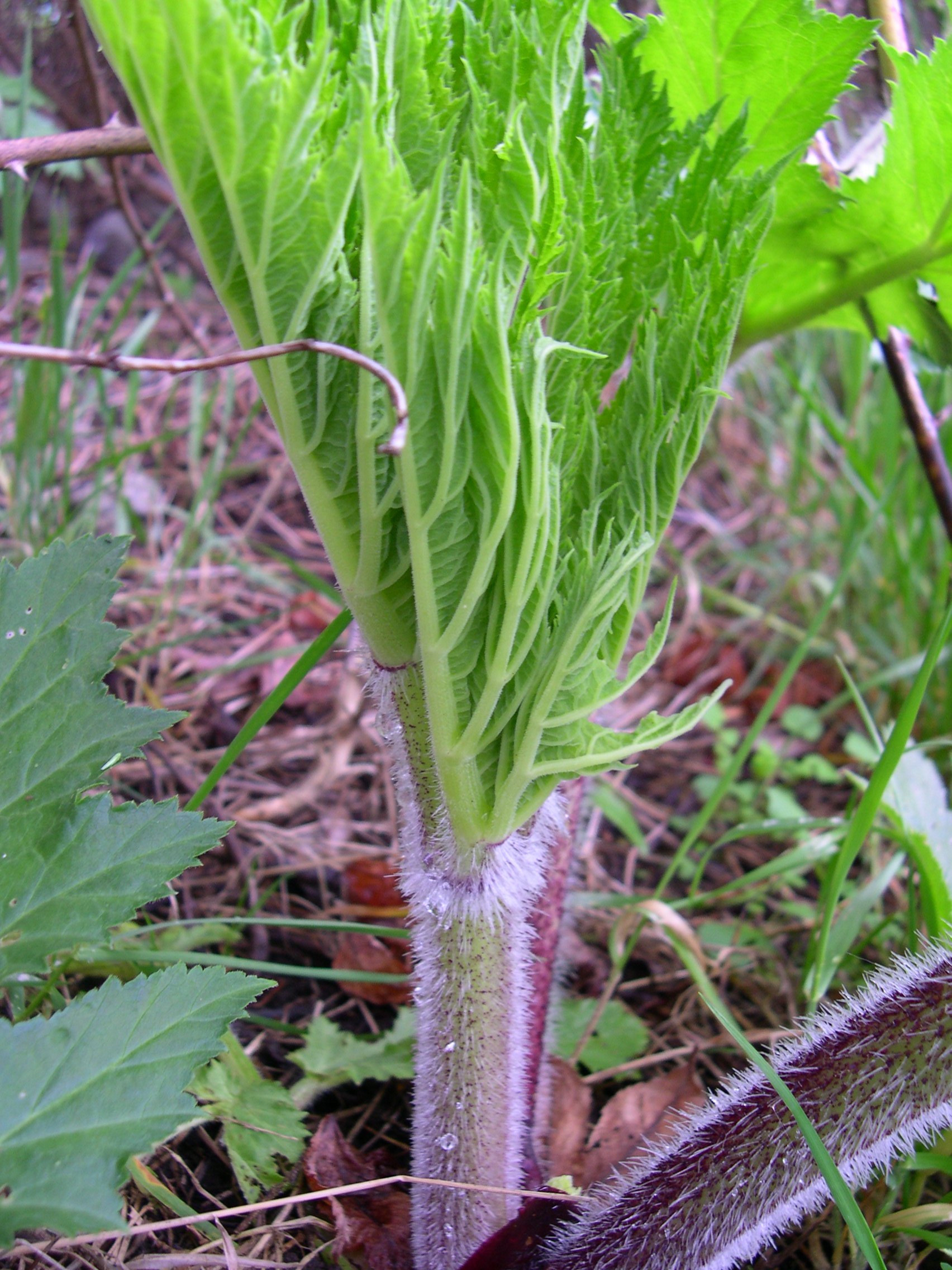
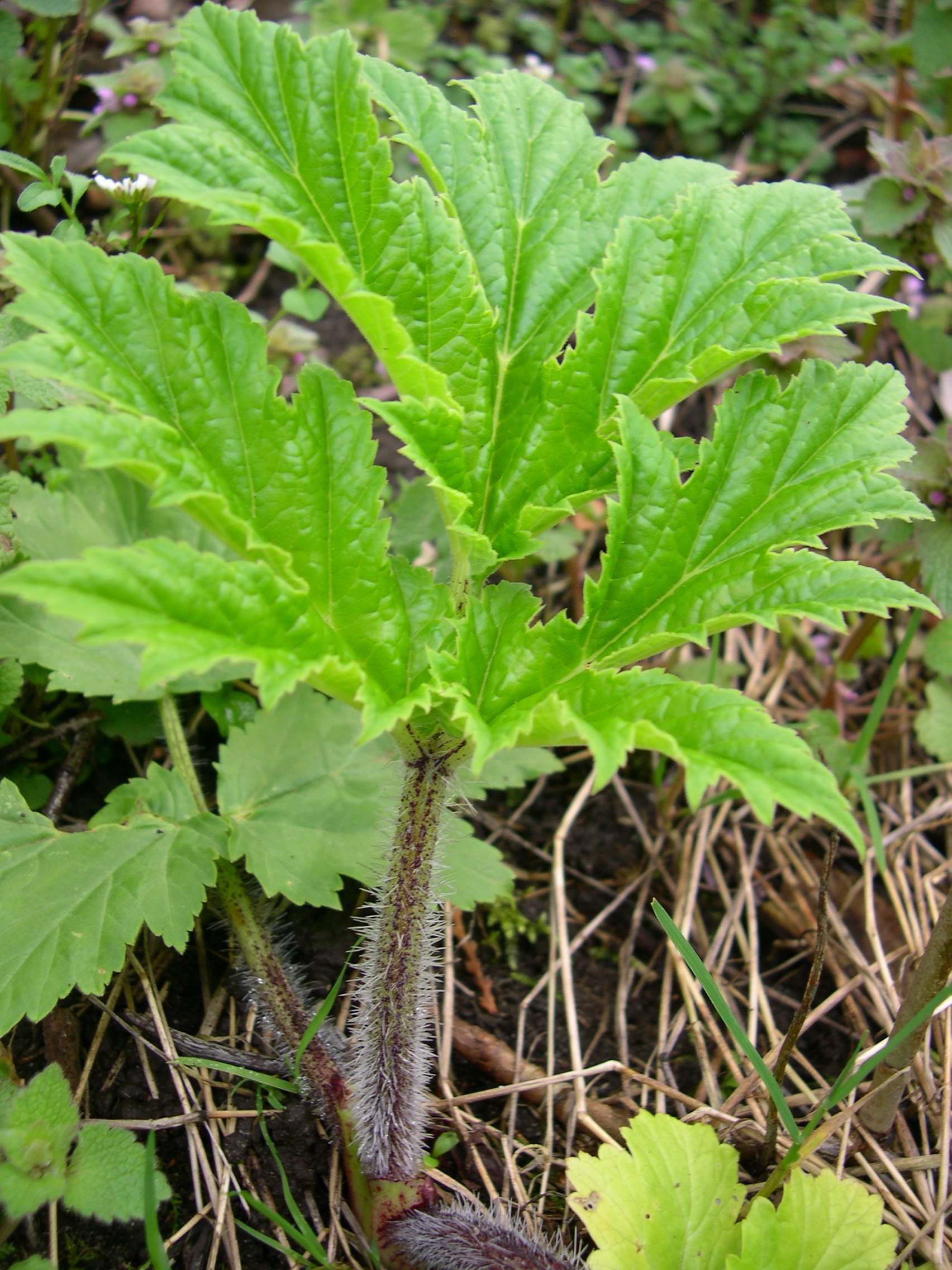
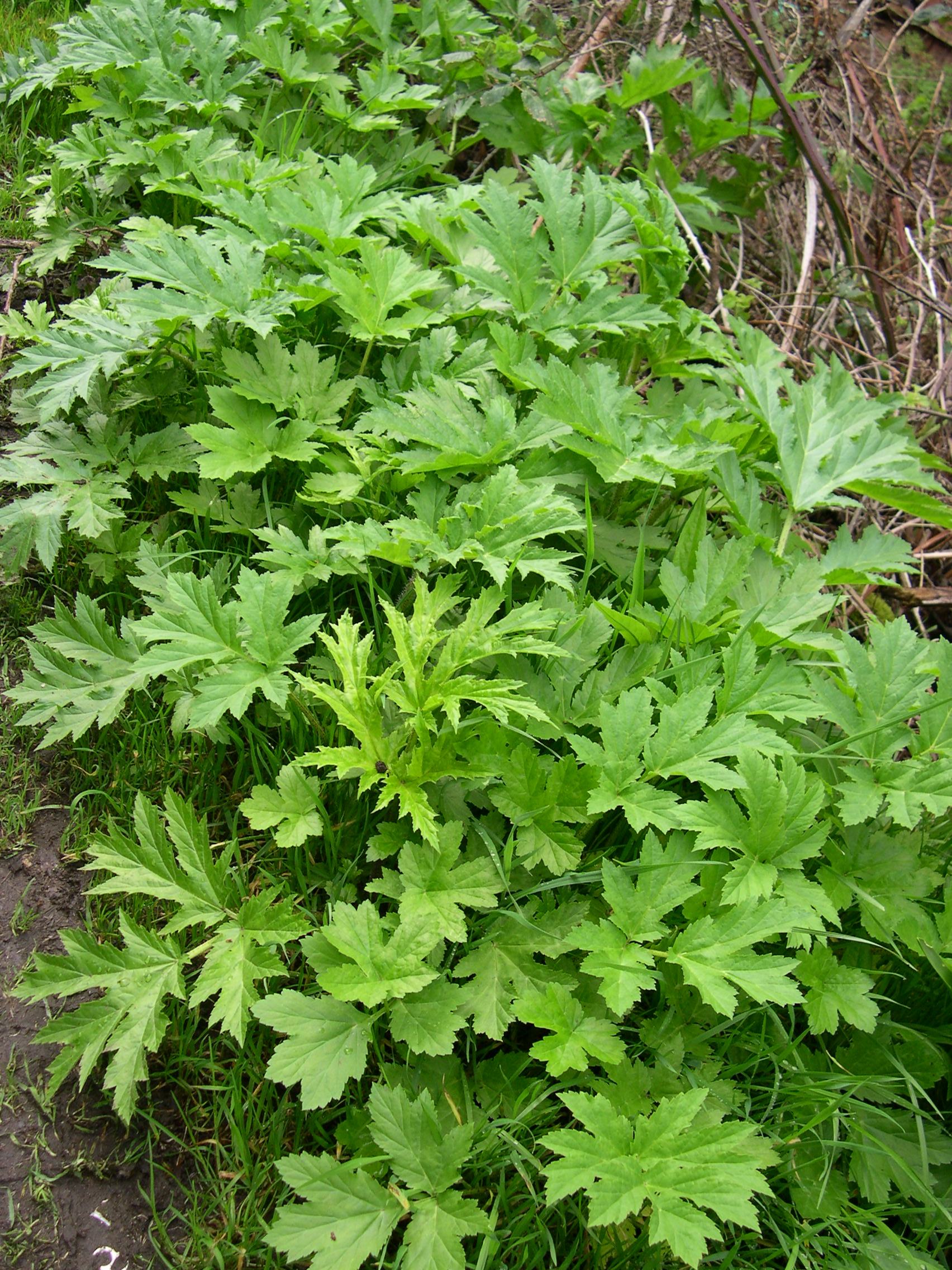
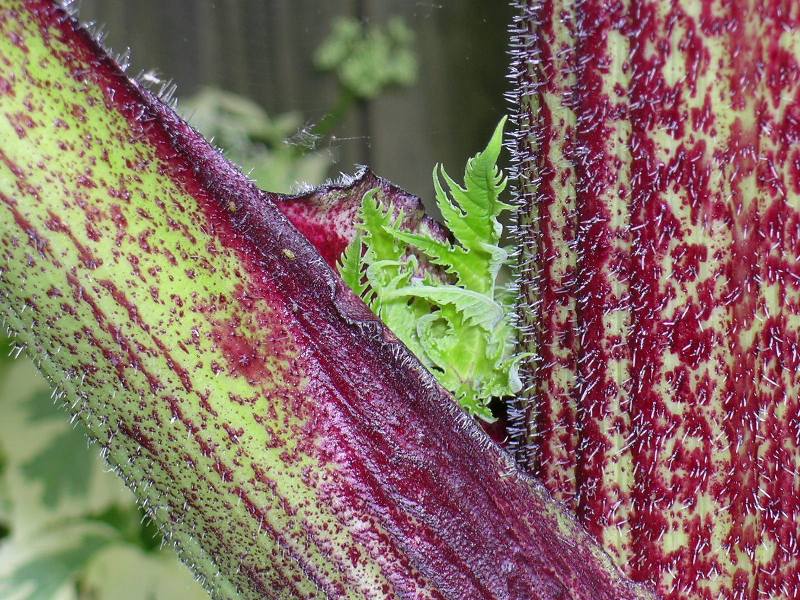
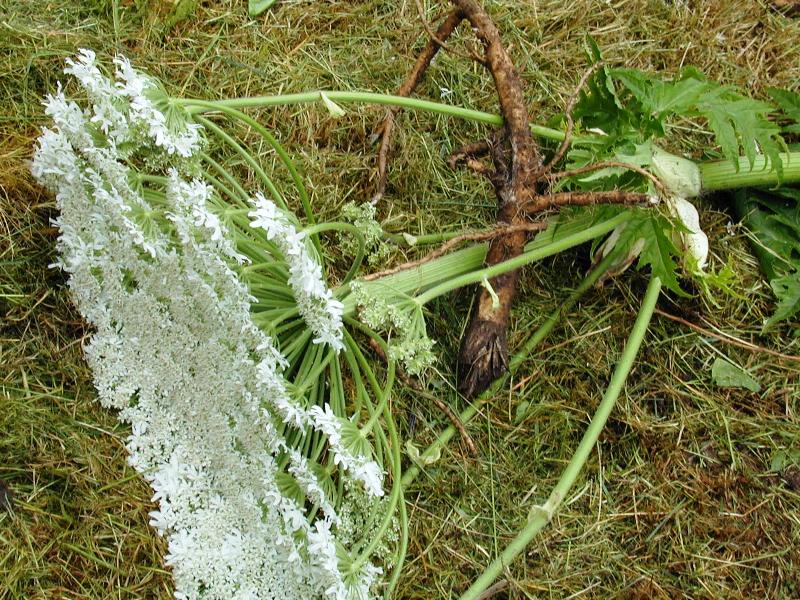
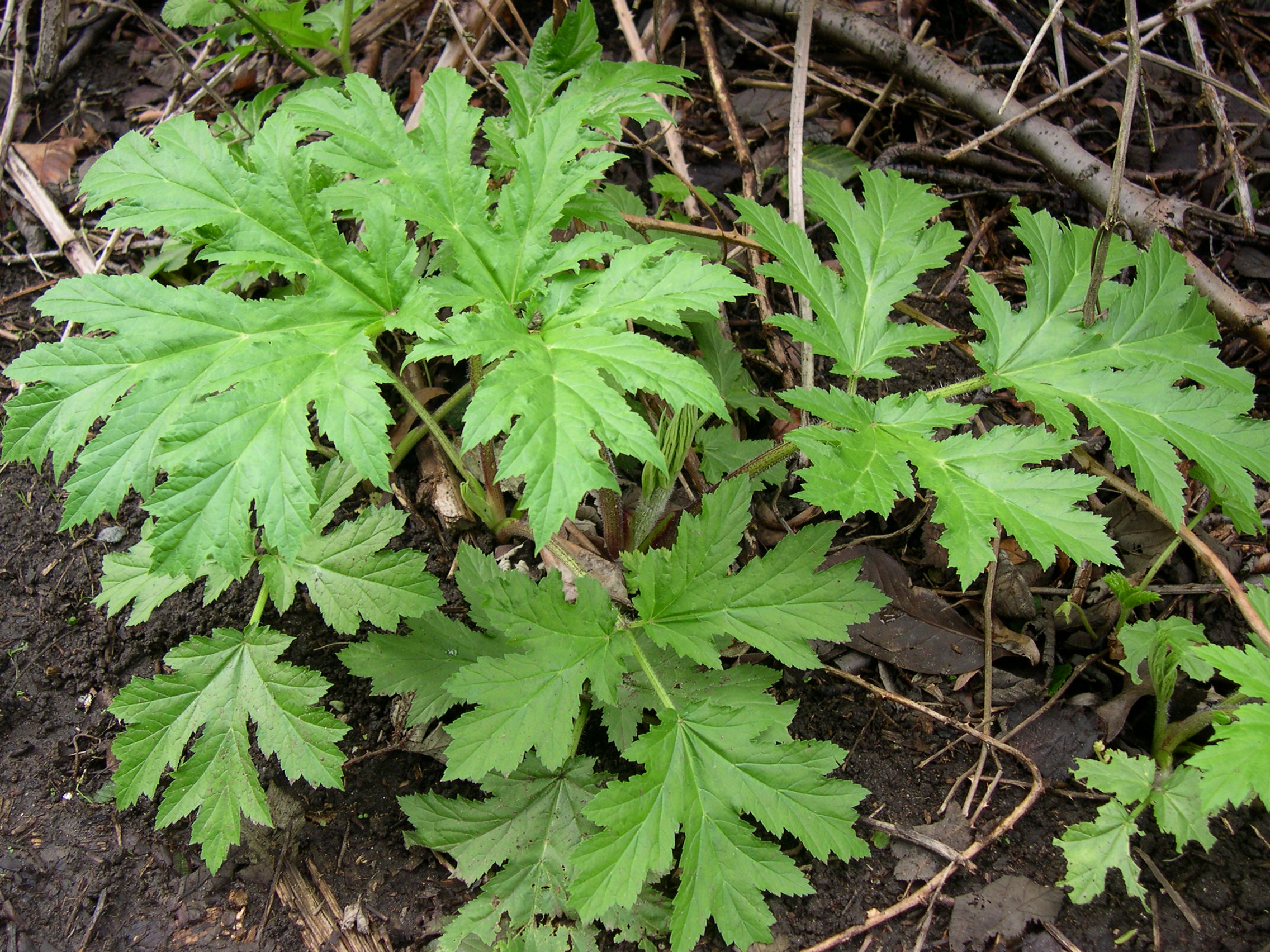
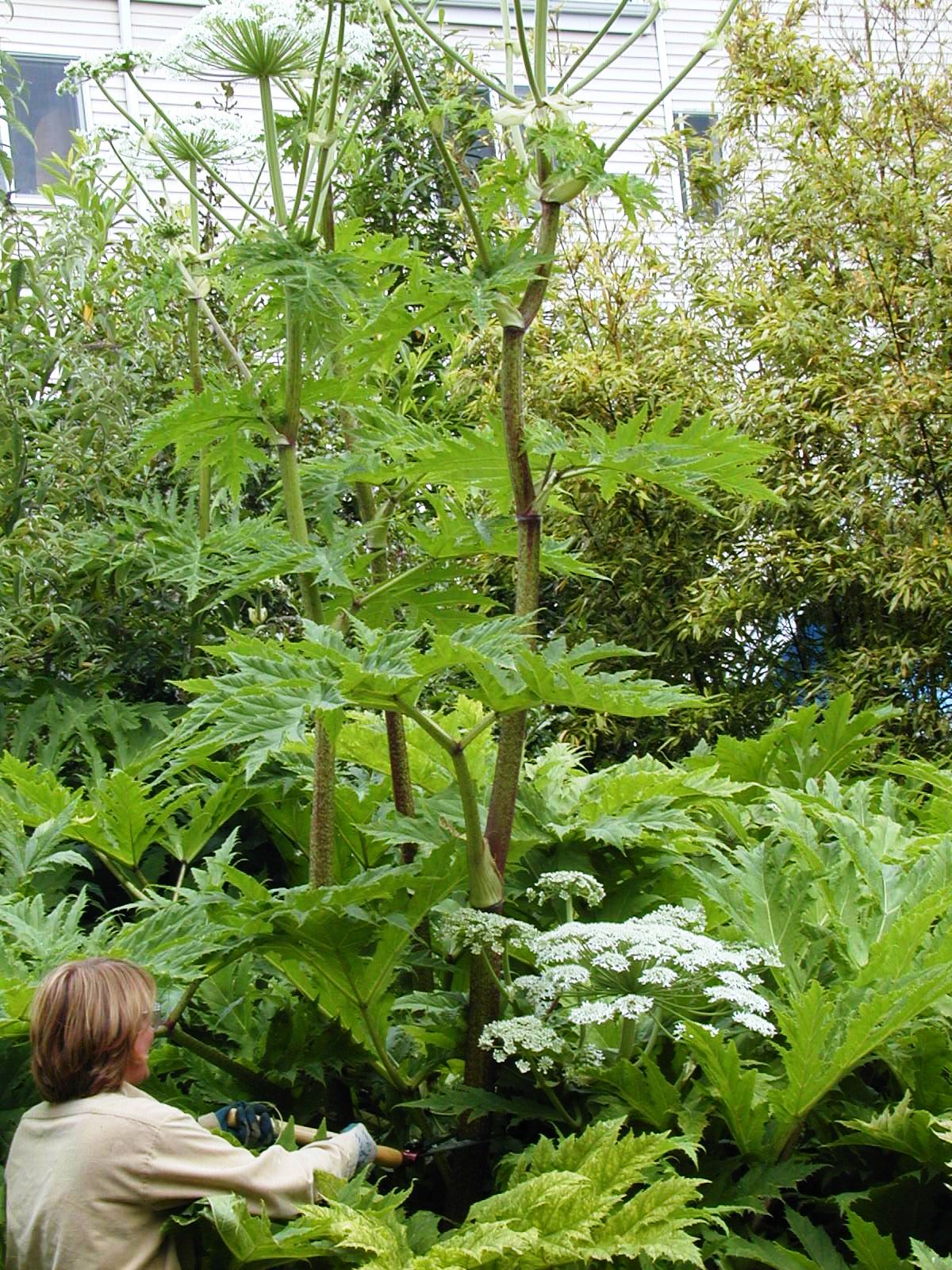
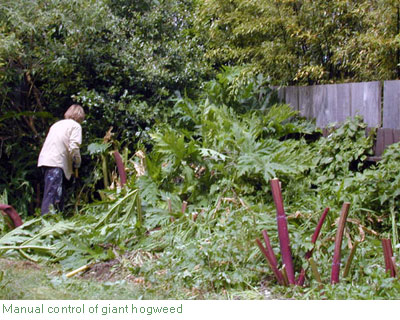
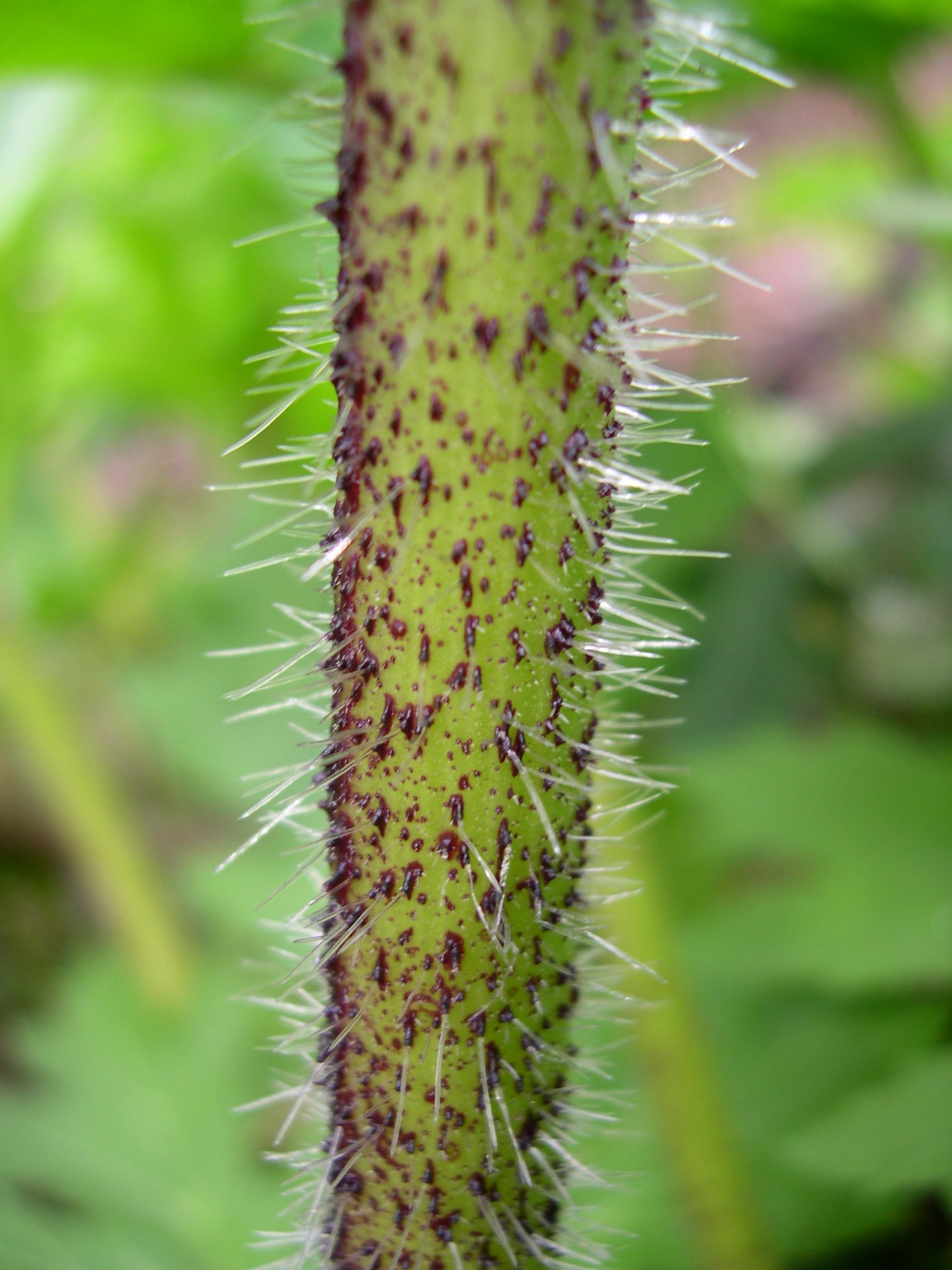
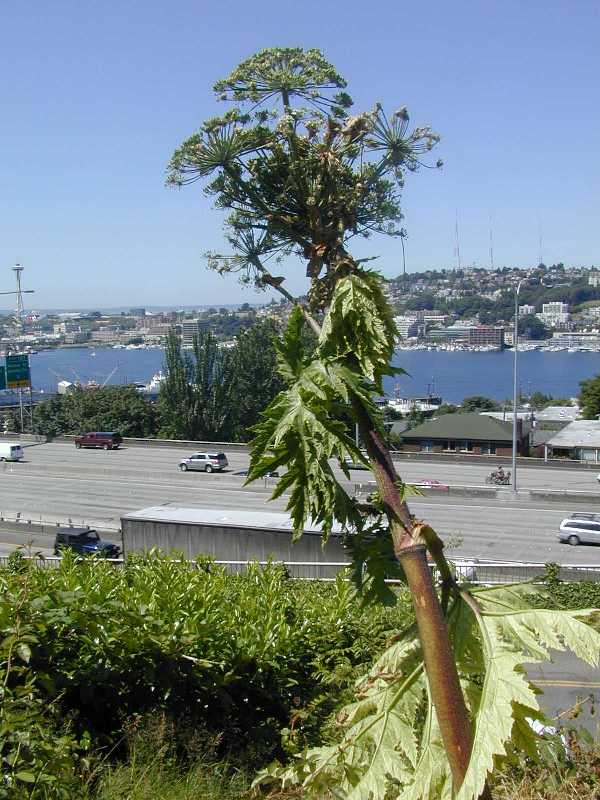
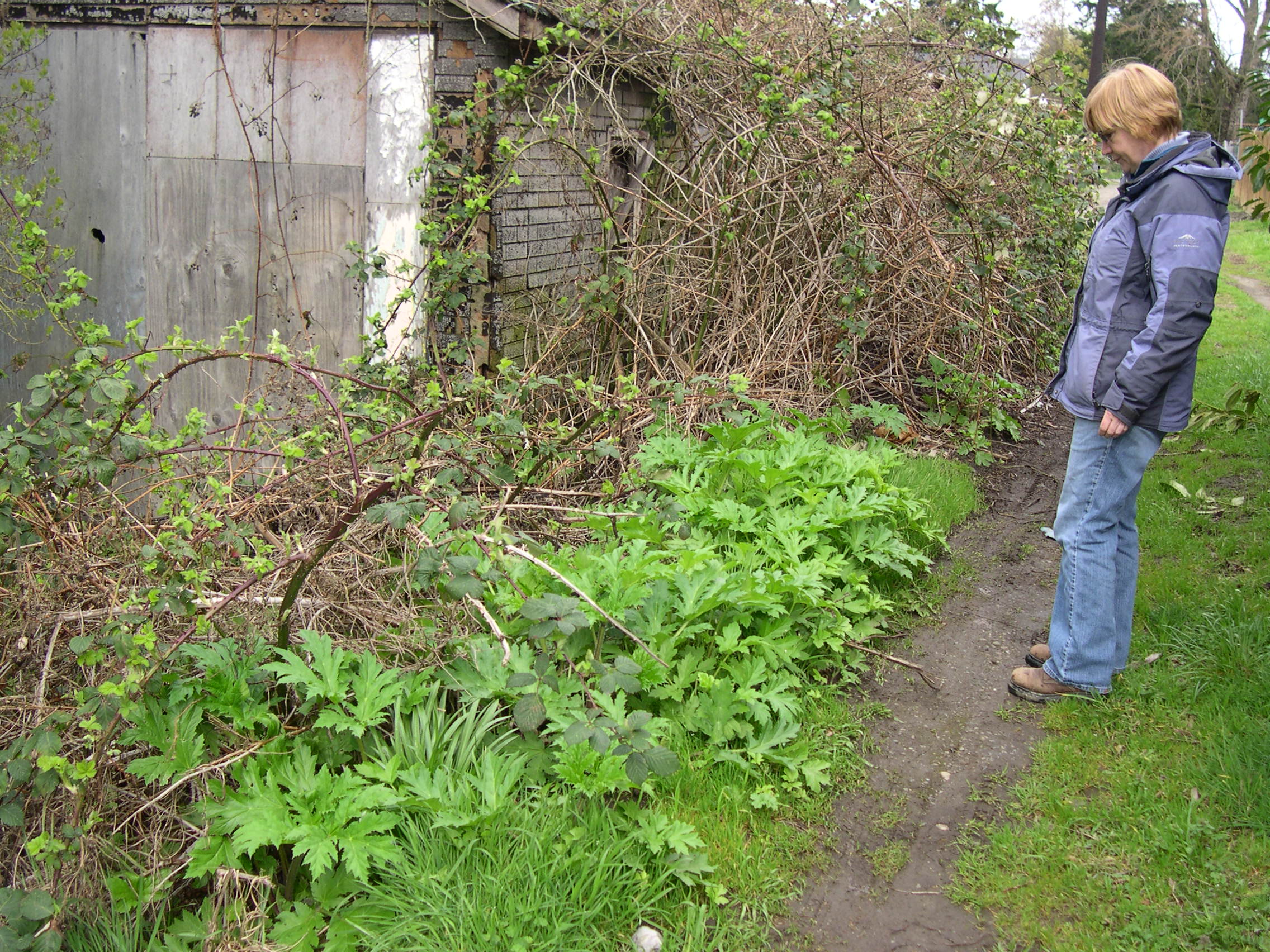
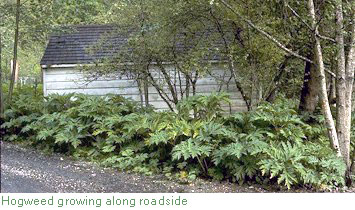
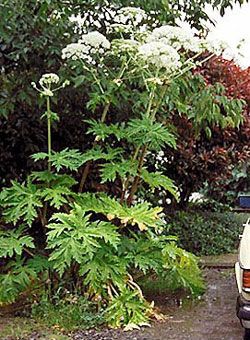
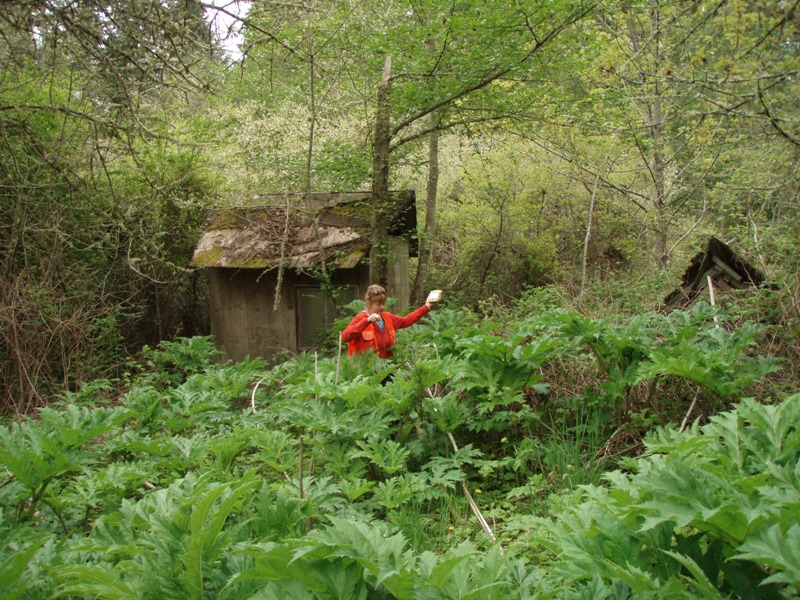
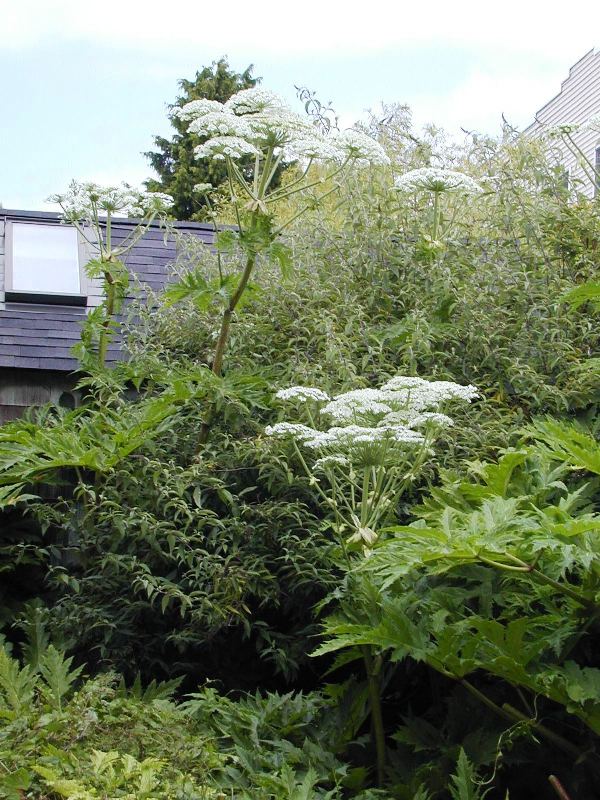
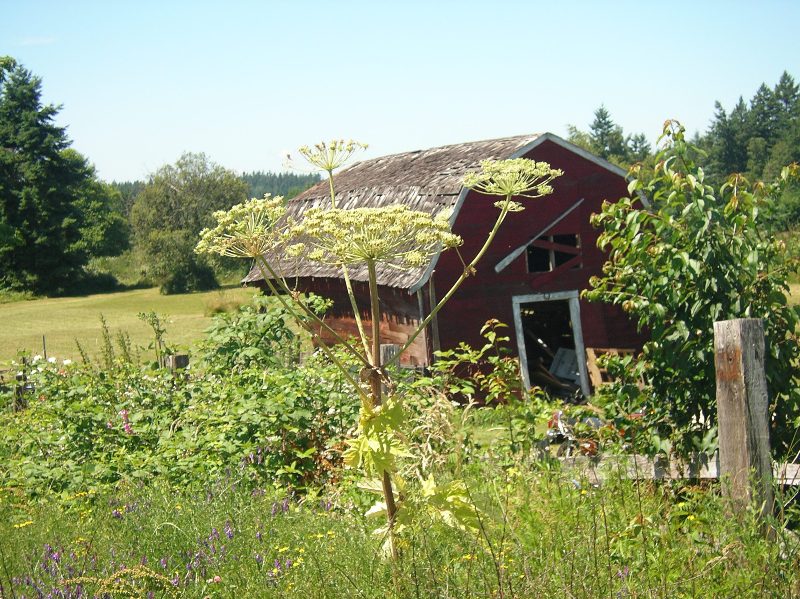
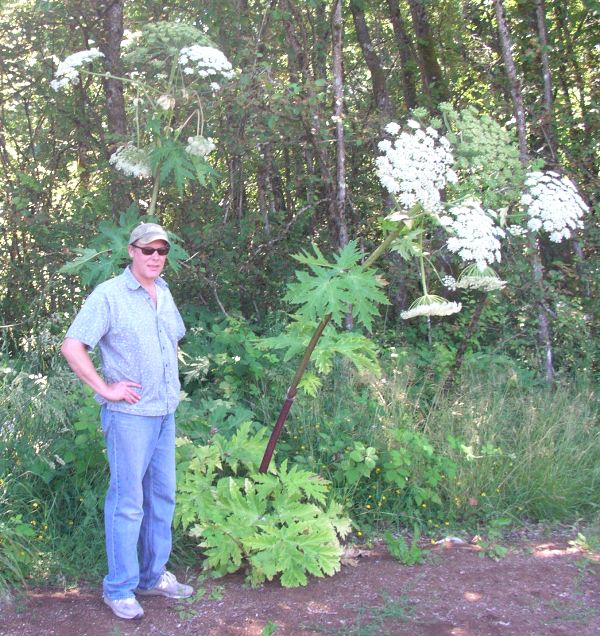
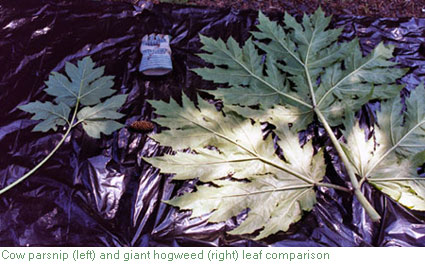
Report giant hogweed in King County, Washington
- Please notify us through our online infestation form
Locate giant hogweed in King County, Washington
- Use our interactive noxious weed map and search
for giant hogweed
Related information
Related agencies
Program offices are located at 201 S. Jackson St., Suite 600, Seattle, WA 98104. To contact staff, see the Noxious Weed Control Program Directory, send an email, or call 206-477-WEED (206-477-9333).

 Translate
Translate